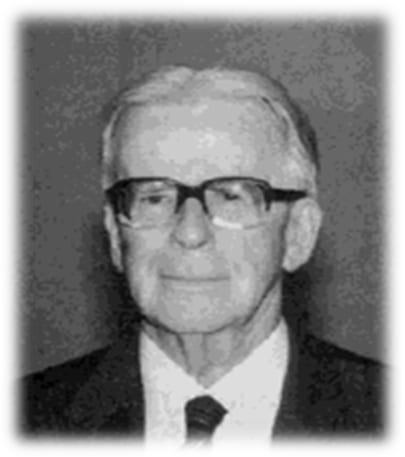As the winner of the 2011 Barrer Award, Professor Geoff Ozin presented a lecture at the 2012 meeting of the British Zeolite Association at the University of Chester, UK, on July the 16th 2012. This is the full transcript of his presentation.
Inspiration
 It is an incredible honour to receive the RSC Barrer Award for my contributions to the field of porous materials. When I reflect on a long, exhilarating and expanding career in materials chemistry and nanochemistry there are a number of scientists whose work has inspired and excited me at different stages of the evolution of my research and Richard Maling Barrer (1910-1996) features prominently amongst them. A New Zealander by birth with a long and illustrious career as Chemistry Professor at Imperial College University of London, he is regarded by many as the father of zeolite chemistry. His inventive contributions to this field are remarkable and the technological innovations that emerged from his many discoveries have brought true benefit and well being to humankind.
It is an incredible honour to receive the RSC Barrer Award for my contributions to the field of porous materials. When I reflect on a long, exhilarating and expanding career in materials chemistry and nanochemistry there are a number of scientists whose work has inspired and excited me at different stages of the evolution of my research and Richard Maling Barrer (1910-1996) features prominently amongst them. A New Zealander by birth with a long and illustrious career as Chemistry Professor at Imperial College University of London, he is regarded by many as the father of zeolite chemistry. His inventive contributions to this field are remarkable and the technological innovations that emerged from his many discoveries have brought true benefit and well being to humankind.
The enormity of Barrer’s fundamental research contributions to the field of zeolite science can be appreciated from the synopsis of his most notable works listed below:
- Zeolite adsorbents
- Zeolite membranes
- Zeolite catalysts
- Zeolite synthesis
- Zeolite templating
- Zeolite ion exchange
- Zeolite solid acid catalysts
- Zeolite shape selective catalysts
Basic research of this genre spawned many large scale technologies, the most prominent of which are exemplified in the following:
- Zeolite applications driven by environmental concerns have reduced toxic waste and enabled energy conservation
- Zeolite conversion of crude oil to high octane fuels and feed-stocks for the chemical industry
- Zeolite enabled separation and purification of O2 and N2 from air as well as a host of other gas and liquid mixtures
- Zeolite enabled replacement of phosphate in detergents world-wide
- Zeolite alkylammonium templating expanded the structure-composition field from aluminum and silicon to include the periodic table of elements such as, phosphorus, the main group and transition metals
- Zeolite dealumination or retro-synthesis has provided a major source of commercial catalysts and hydrophobic sorbents
- Zeolite ZSM-5 natural gas to petroleum process provides ~30% of the fuel needs of Barrer’s homeland New Zealand
It is indeed a great honour to receive the RSC Barrer award that recognizes meritorious recent pure or applied research in the field of porous inorganic materials and in my lecture on this special occasion I will present personal recollections of my explorations of ‘materials filled with holes’, the dimensions of which traverse length scales from nanometers to microns, the scale of molecules to the light scale, a ‘panoscopic’ vision of this fascinating class of solids.

















